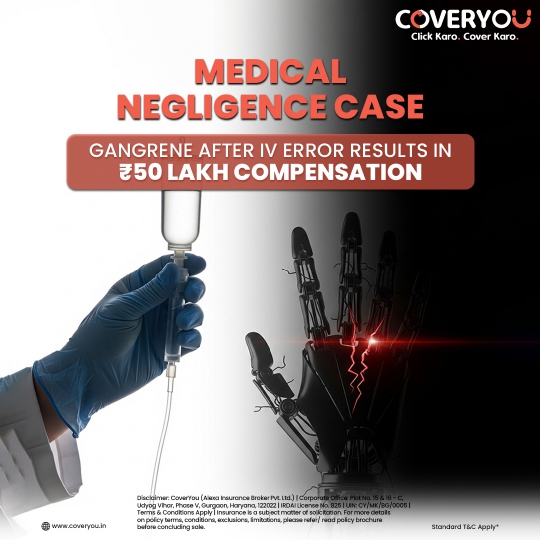After completing medical school and residency, many doctors face the big question i.e should I pursue a subspecialty? If yes, which one? Choosing a subspecialty can define your long-term career path, daily work life, income potential, and even work-life balance. Let’s know how to think through your options and make an informed decision.
Understand What Subspecialization Means
Subspecialization means going a step beyond general practice or residency in a broad field like internal medicine or surgery. It involves further training in a narrow area of focus like cardiology, gastroenterology, or pediatric neurology. This often requires a few more years of fellowship training but allows you to gain deep expertise in one area.
Know Your Interests and Strengths
Start by asking yourself, what type of cases excite me? Do I enjoy solving complex diagnostic puzzles or performing procedures? Your natural interests and clinical strengths are important indicators. If you enjoy hands-on procedures, surgical subspecialties might suit you. If you’re more drawn to long-term patient care, consider internal medicine or its branches like endocrinology or rheumatology.
Consider the Lifestyle You Want
Not all subspecialties offer the same lifestyle. Some fields, like dermatology and radiology, often have more predictable hours and fewer emergencies. Others, like cardiothoracic surgery or critical care, may demand long and irregular hours. Think about your future goals—family time, location flexibility, or a high-adrenaline environment—and choose accordingly.
Research Job Demand and Earning Potential
Look into the demand for different subspecialties in your country or region. Some fields like oncology, cardiology, and emergency medicine are seeing rising demand due to the growing burden of non-communicable diseases. Subspecialties also vary in income. While money shouldn’t be the only factor, it’s smart to be aware of what different paths offer financially.
Talk to Mentors and Specialists
Speak with doctors already working in various subspecialties. Ask them what their typical day looks like, what challenges they face, and what they love about their job. These real-life insights can be extremely helpful and give you a better sense of what the future could look like.
Be Ready for the Long-Term Commitment
Some subspecialties require 2–3 years of fellowship training and years of practice to gain confidence. Make sure you’re ready to commit to continuous learning, exams, and building your expertise over time. If you’re passionate about a field, the extra effort is often worth it.
Choosing a medical subspecialty is a major career decision, but it doesn’t have to be overwhelming. Focus on your interests, lifestyle goals, and the kind of work that excites you. Take time to explore, ask questions, and gather real-world experience. The right path is the one that aligns best with both your professional ambitions and personal happiness.

















